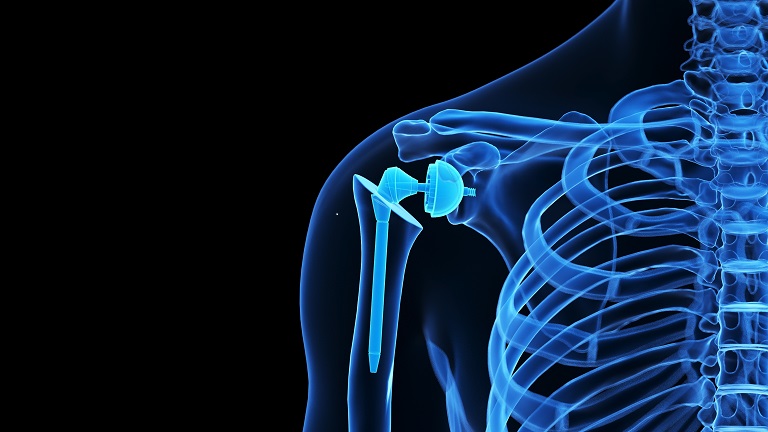When it comes to medical implants, surface finishing is crucial — not just for appearance, but for ensuring safe and effective performance inside the body.
Wet blasting is a key process for preparing implant surfaces, but why is precise control and automation essential?
✅ Consistency and repeatability: Automated wet blasting delivers uniform surface texture and cleanliness on every implant — critical for reliable bone integration and long-term success.
✅ Contamination control: Automation tightly manages abrasive media concentration, and other parameters, eliminating the risk of embedded particles that can affect biocompatibility.
✅ Precise surface engineering: Fine control over pressure, nozzle angle, and blast exposure time enables the creation of implant surfaces optimised for cell adhesion and bacterial resistance leading to osseointegration, long-term stability and improved patient outcomes.
✅ Regulatory compliance and traceability: Automated systems support fully validated and documented processes with traceability, meeting stringent ISO and FDA requirements.
✅ Efficiency and throughput: Automation enhances production rates while reducing scrap and rework—essential for scaling implant manufacturing without compromising quality.
In implant manufacturing, controlled and automated wet blasting is the foundation for producing safe, high-quality implants that patients and surgeons can trust.























